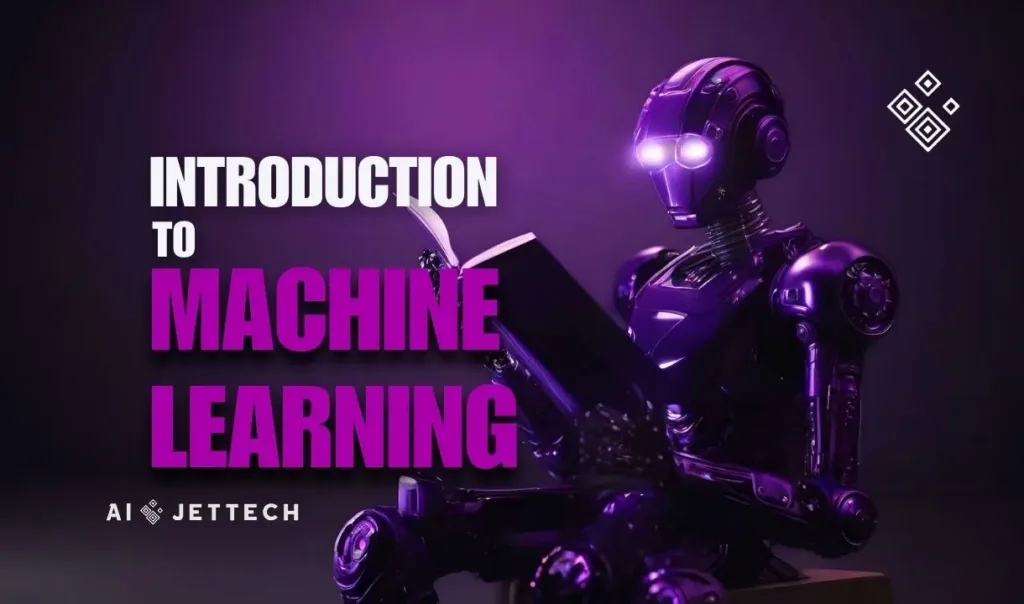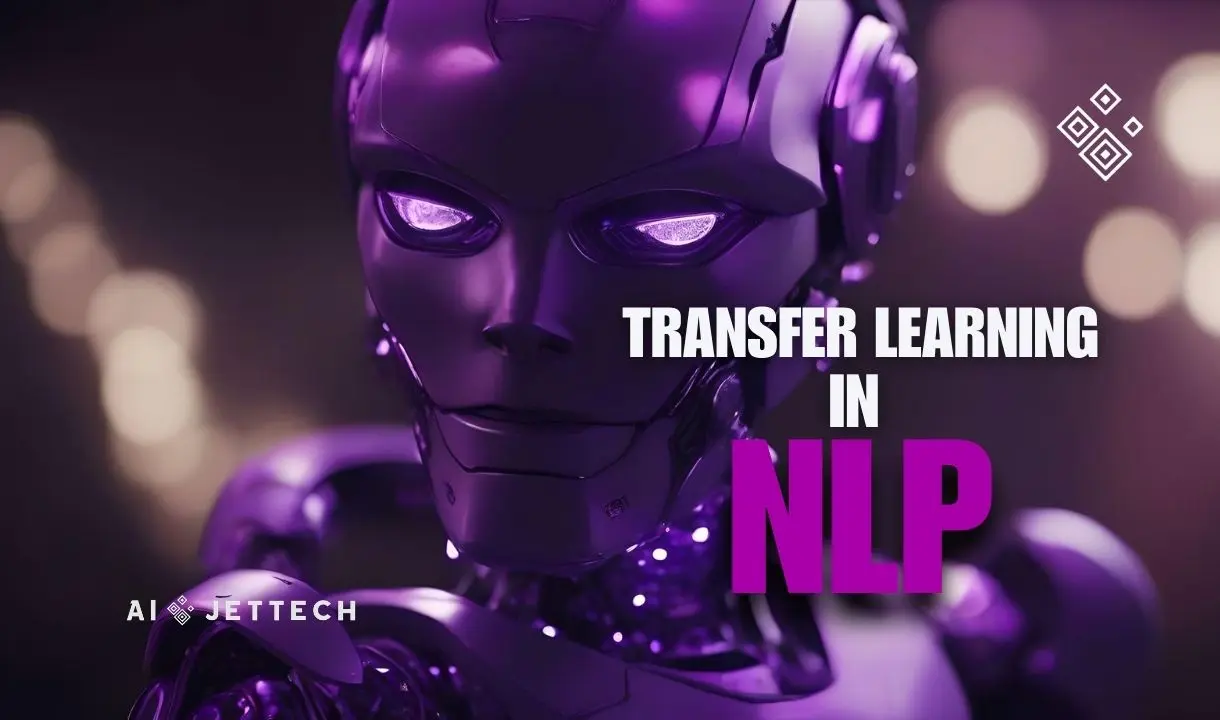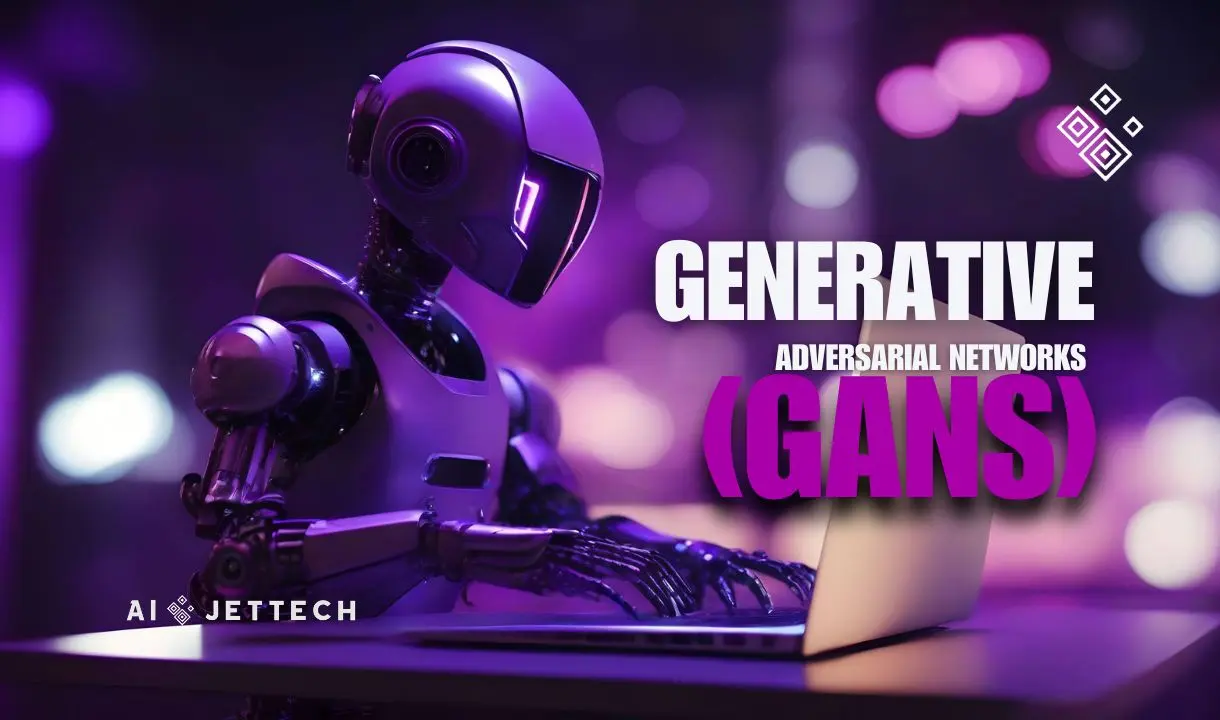At the core of modern technological advancements lies a transformative concept: machine learning. This revolutionary field empowers computers to learn from data, enabling them to make decisions, recognize patterns, and generate insights without explicit programming instructions. From personalized recommendations on streaming platforms to optimizing supply chains, machine learning has permeated various aspects of our lives, reshaping industries and opening up unprecedented possibilities.
The Language of Machine Learning
Diving into the world of machine learning, one encounters a new lexicon. Terms like “algorithm,” “model,” “training data,” and “inference” become part of your everyday vocabulary. An algorithm is a set of rules or instructions followed by the machine to learn from data. A model, on the other hand, is what an algorithm produces after being trained on data. It represents the learned patterns and insights. Training data refers to the dataset used to train an algorithm, and inference is the process of making predictions using the trained model.
What are the types of machine learning ?
Types of machine learning are as given below:
- Supervised Learning
- Unsupervised Learning
- Reinforcement learning
Machine learning can be broadly categorized into three distinct types, each with its unique approach and application areas.
- Supervised Learning: Imagine teaching a child to distinguish between apples and oranges by showing them examples of each. Supervised learning operates similarly. It involves training a model on a labeled dataset, which means that each example in the dataset is paired with the correct output. The model learns to predict the output from the input data, making it suitable for applications like spam detection or image classification.
- Unsupervised Learning: Now, consider the scenario of sorting a mixed pile of apples, oranges, and bananas without knowing in advance which is which. Unsupervised learning deals with finding patterns or structures within data where no explicit labels are provided. It’s like teaching the machine to classify or group data based on similarities without prior knowledge. This type is useful for segmenting customers in marketing strategies or detecting anomalies in network traffic.
- Reinforcement Learning: Picture training a dog by rewarding it for good behavior and ignoring or correcting bad behavior. Reinforcement learning works on a similar reward-based system. The model, or “agent,” learns to make decisions by performing actions in an environment to achieve a goal. The agent receives rewards or penalties based on its actions, guiding it to learn the best strategy over time. This type is particularly effective in dynamic environments and has been used to train algorithms to play video games and for robotic navigation.
What is machine learning in AI ?
Machine learning enables computers to learn from data and make decisions, revolutionizing how we interact with technology and opening up a myriad of applications.
A music streaming service uses machine learning to analyze your listening habits and recommend songs you might like, demonstrating how algorithms can predict user preferences based on data.
Each type of machine learning opens a new realm of possibilities and challenges, shaping the future of how machines understand and interact with the world around them. As we delve deeper into these categories, we uncover the intricacies and the vast potential of machine learning, setting the stage for innovations that once seemed like the realm of science fiction.
Try it yourself : Explore a machine learning project or dataset online to familiarize yourself with the basic concepts and tools used in the field.
“If you have any questions or suggestions about this course, don’t hesitate to get in touch with us or drop a comment below. We’d love to hear from you! 🚀💡”






